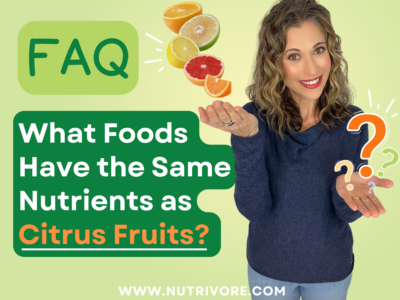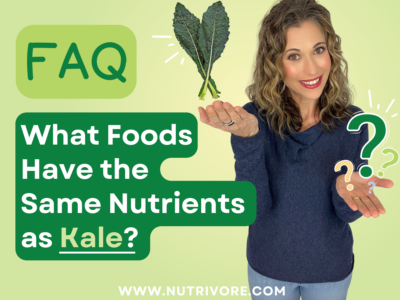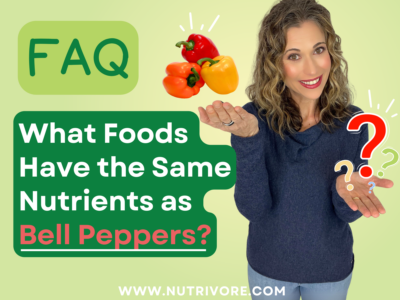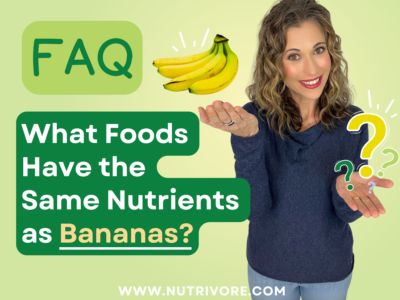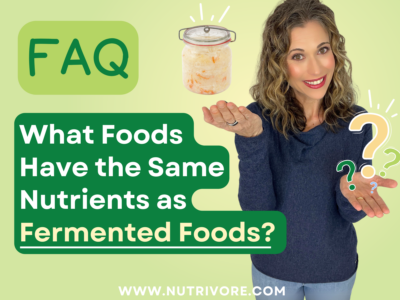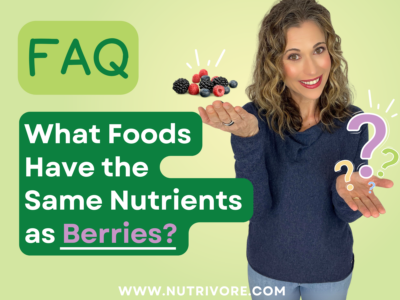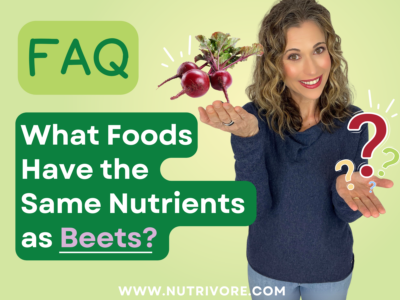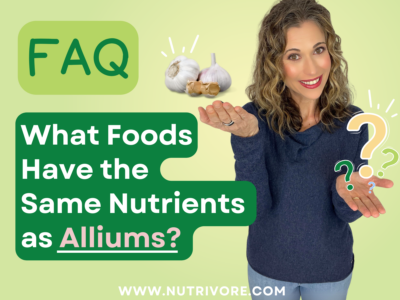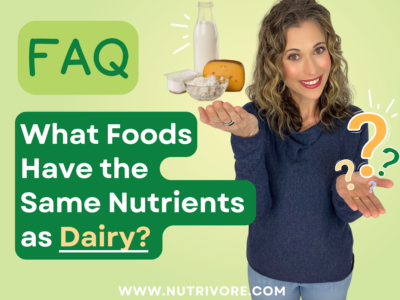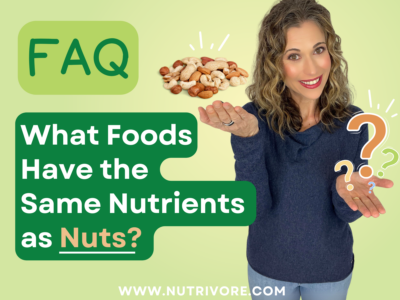What Are Mushrooms?
Mushrooms aren’t actually a vegetable (although they are classified as a culinary vegetable), but rather include any spore-bearing, fruiting body of a fungus – worldwide there are approximately 14,000 species!
Currently, over 200 edible mushroom species are cultivated, though only a small fraction of them are widely available; however, wild mushrooms can be foraged from nature.
Examples of more commonly available edible types of mushrooms available at most grocery stores include: chanterelles, cremini, enoki, maitake, morel, oyster mushroom, portabella, puffballs, shiitake mushroom, and white button mushroom.
What Nutrients Do Mushrooms Contain?
All mushrooms are super nutrient-dense and full of nutritional benefits. Their nutritional profile contains an extremely impressive amount of essential vitamins (especially B vitamins, including vitamin B2 (riboflavin) vitamin B3 (niacin), vitamin B5 (pantothenic acid), and vitamin B7 (biotin)) and minerals (copper, selenium) per calorie, while containing unique dietary fiber types not available in other foods (chitin, and polysaccharides chitosan and beta-glucan), plus phenolics, triterpenes, and the non-proteinogenic amino acid ergothioneine (a.k.a. the longevity vitamin). Another one of mushrooms’ many unique features is their ability to produce vitamin D in response to UV light exposure. In fact, mushrooms are the only non-animal food with notable amounts of bioavailable vitamin D!
Health Benefits Associated With Mushrooms
A large body of scientific evidence has shown that edible mushrooms, in addition to being delicious, have amazing health-promoting properties which can include: antioxidant, cholesterol-lowering, antihypertensive, anti-inflammatory, immunomodulatory, liver-protective, antidiabetic, anti-obesity, antitumor, antiviral, and antimicrobial effects. In addition, mushrooms are uniquely beneficial for the gut microbiome, reducing growth of pathogens like candida, and supporting a healthy and diverse gut microbial community.
How Do I Eat Mushrooms?
If you’re open to adding mushrooms into your diet but don’t know to incorporate them, fear not – there are countless ways to enjoy their umami flavor! Mushrooms can be grilled, roasted, sautéed, stuffed, or added to salads, soups, stews, or stir-fries! You can even eat raw mushrooms.
What if I Don’t Like Mushrooms?
If you aren’t a fan of mushrooms, what can you eat instead that will give you the same nutrition? This is a tough one! Mushrooms are really unique nutritionally and belong in a class of their own because they are fungi, not plants.
That being said, let’s take a look at 3 key nutrients in mushrooms that are beneficial for our health and alternative foods where we can obtain them.
Mushrooms contain a class of phytonutrients called triterpenes. Other foods high in triterpenes include olives (and extra virgin olive oil), grapes, persimmons, and herbs and spices.
Mushrooms also contain the non-proteinogenic amino acid ergothioneine, which is also known as the “longevity vitamin”. Non-proteinogenic means this amino acid is not incorporated into proteins but it is used in biochemical pathways. Mushrooms are the best food source of ergothioneine and one of the only food sources. The only food that I’m aware of that can compete with mushrooms is tempeh. You can also find it in small amounts in chicken liver and asparagus.
The last nutrient that mushrooms have that you can’t get easily from other foods is two classes of fiber, chitin and chitosan. You can get them from other fungi so nutritional yeast would have some. Other good sources include insects like crickets (due to their exoskeletons) and shellfish shells. For example, soft-shell crab and certain shrimp preparations where the shell is soft enough to eat (e.g., deep-fried) would be high in these fibers.
Additionally, mushrooms are high in beta-glucan fiber, which can be found in oats and barley.
The takeaway here is that mushrooms are nutritionally unique and extraordinarily beneficial. If you just don’t like them and it’s not an allergy, you might want to consider mushroom extracts. Mushroom extracts tend to have a bitter, earthy flavor, but you can add them to coffee, hot chocolate, and smoothies to mask their flavor or purchase capsules if that’s easier. These extracts can be a great way to incorporate the benefits of mushrooms into your diet without the taste and also an excellent way to increase the variety of mushrooms you’re consuming.
As always, it’s important to remember that you don’t have to eat mushrooms if you don’t want to. Focus on all of the nutrient-dense foods you enjoy, have access to, and can afford and prepare them in a way that you love! There is no one perfect Nutrivore diet—there is a ton of flexibility of food choice that aligns with Nutrivore principles. And, Nutrivore celebrates every small step you take towards consuming a more nutrient-replete diet. Don’t forget that the diet you follow or don’t follow now does not impact your long-term health, what does is your lifelong eating patterns!
If you’re interested in my thoughts on nutritional swaps for mushrooms, check out my video below and if you want to learn more about mushrooms check out my detailed article here. Looking for other foods rich in the important nutrients found in mushrooms, including ergothioneine? I’ve got you covered! Check out my Top 25 Foods for Every Nutrient E-Book, which highlights top foods for 42 important nutrients.
Food Swaps
If you’re looking for swaps for other foods check out these posts!



